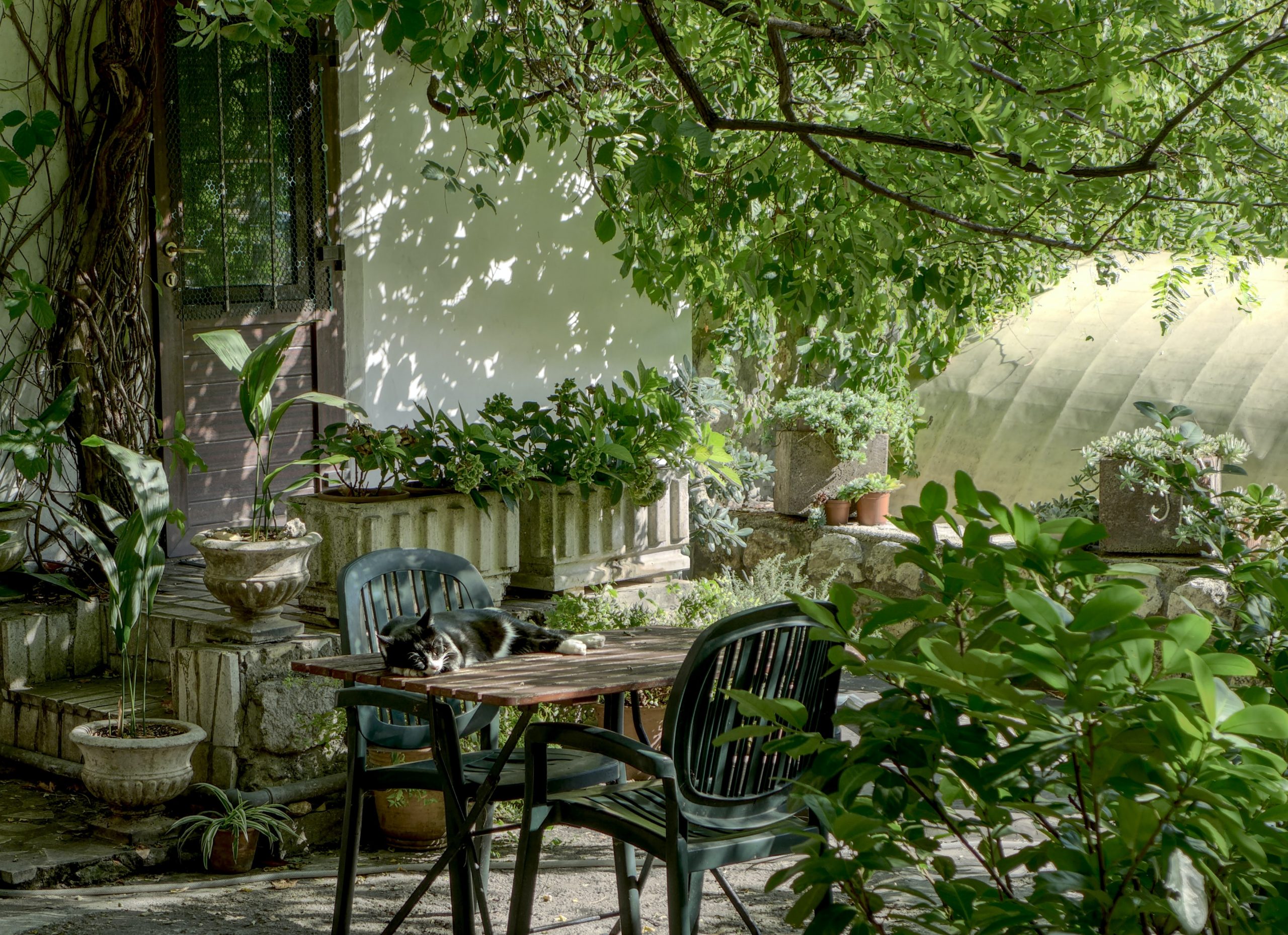Last Updated on April 15, 2024 by Real Men Sow
Knowing what type of shade you have is crucial so that you can select the right plants. Is it dry shade or moist shade? What shade do you have? It all depends on the aspect of your garden and what is casting the shade.
Your garden’s ‘aspect’ refers to the direction it faces, i.e. north, south or west. This determines which areas receive plenty of sunlight and which are shaded for part or all of the day.
How To Decide Your Best Facing Garden?
It is easiest to determine your aspect by standing at the exterior wall of your house and using a compass to see which direction is south. If you see south, your garden is south-facing.
South-facing gardens
South-facing gardens bring a little shade with lots of sunshine on the back of the house. The far boundary faces north, so will be mostly shaded all day. With your back to the house, your right-hand boundary will be east-facing (morning sun), while your left-hand one will face west (afternoon and evening sun).
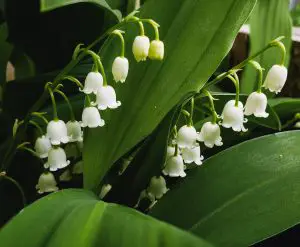 South-facing planting tips
South-facing planting tips
Parthenocissus henryana, and ivy are good climbers for the north-facing wall. Add ferns and hostas to your garden for foliage. For flowers, plant daphne, lily of the valley, and brunnera. Plant sun-loving plants such as Verbena bonariensis and bearded Irises in the hottest areas.
North-facing gardens
The garden will be shaded for most of the day. However, the garden’s north-facing areas, such as the back, will receive good evening sun starting in May to October. Evening shade is available for all heat-loving plants, but it also prevents pale colours from burning out.
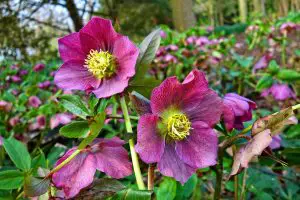 North-facing planting tips
North-facing planting tips
You can try woodland plants like hellebores and snowdrops, which bloom early and before the tree canopy blocks out the light. They also grow well in the shade and continue to flower through the summer. These plants are great for areas with only early morning sunlight. If you got a fence or wall, there are evergreen climbers for north-facing gardens too.
West-facing gardens
These gardens get sunlight in the afternoon and evening and are ideal for camellias. A west-facing garden must be able to withstand heat from the summer sun.
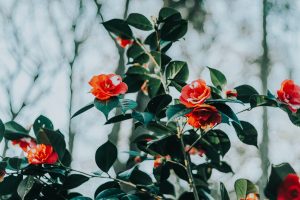 West-facing planting tips
West-facing planting tips
Magnolias or camellias love morning shade and suit the conditions. Perennials like sedums or fuchsias would also thrive under the given conditions.
East-facing gardens
East-facing gardens receive a lot of morning sunlight. Plants that should be grown here are those that thrive in partial shade and require shelter from the sun. Evening shade is good for plants that are in the sun’s hottest hours, while evening shade can enhance the effect of white flowers that attract pollinating insects.
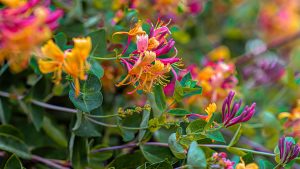 East-facing planting tips
East-facing planting tips
Nicotiana Sylvestris white-flowered loves evening shade and adds fragrance to the garden. Clematis alpina, berberis, and honeysuckle are plants that can withstand morning sun and cool temperatures.
Degrees of Shades
Deep shade
It can be found under evergreen trees, along the north side walls and in the shadows of buildings. It is prone to being dry and cold. Shade-loving plants such as ferns and hostas, daphne, ivy, and lily in the valley can be grown in the area.
Dappled shade
Common under deciduous trees. A patchwork of shade in the summer, but full sunlight from autumn through spring. This is ideal for woodland plants such as anemones or primulas, which flower in spring sun before the trees come into bloom.
Partial shade
Many gardens have sun-spots that only receive part of the day. This can vary depending on where they are located. Alchemillas and hardy Geraniums love partial shade

